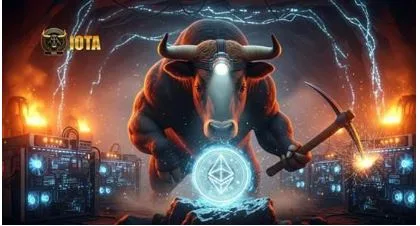Briansclub vs Joker’s Stash: Inside the Dark Web’s Rival Markets
In the hidden corners of the internet, two names once carried weight among hackers and fraudsters looking for stolen credit card data: Briansclub.cm and Joker’s Stash. They were competitors, but each had its own personality, quirks, and loyal following. Both became giants in the dark web economy before meeting different ends, leaving behind stories that say a lot about how organized cybercrime has become.
Different Vibes, Same Game
Briansclub was like the quiet shopkeeper who doesn’t say much but always has what you need behind the counter. It didn’t flood forums with flashy ads or boast about its services. Instead, it kept things simple: upload card data, sell, repeat. Its site was plain, its systems efficient, and its updates steady, which was exactly what many buyers in the underground wanted no drama, just cards.
Joker’s Stash couldn’t have been more different. It was loud, bright, and, in its own strange way, proud of what it was. It posted flashy banners on dark web forums, used themed graphics around holidays, and created a brand identity that stood out in a world where most sellers preferred shadows. It wasn’t just a marketplace; it felt like a scene, a place where fraudsters went not just to buy, but to belong.
What They Offered Buyers
Both markets trafficked in stolen credit and debit card data, but they catered to slightly different crowds.
Briansclub offered volume at reasonable prices. It became a go-to for resellers who needed steady inventory. The site’s sorting filters let buyers quickly find cards by country or bank, making it easy for those looking for specific regions to commit fraud.
Joker’s Stash focused on quality and detail, often including billing addresses, phone numbers, and other personal data with its card dumps. This made it attractive to fraudsters running more complex scams, like account takeovers or identity theft, where extra data made all the difference.
Trust, in a Strange Sense
Trust might sound like an odd word in a world built on stolen data, but in these circles, it matters. Buyers risk losing money with every transaction, and markets that delivered consistently earned loyalty.
Briansclub gained a reputation for being steady. If some cards didn’t work, prices were low enough to absorb the loss, and replacements sometimes came through for bulk buyers. People came back because they knew what they were getting.
Joker’s Stash took a more community-based approach. It wasn’t afraid to engage buyers on forums, respond to complaints, or explain how its services worked. It felt interactive in a space that rarely is, which built a sense of belonging among its customers, even if what tied them together was crime.
When the Law Closed In
Both markets eventually faced the reality that no dark web marketplace lasts forever.
In 2019, Briansclub itself got hacked, and more than 26 million stolen card records were leaked to banks and researchers. It was a rare moment when the thieves got robbed, exposing the scale of Briansclub’s operations and allowing banks to cancel many cards before more damage was done.
Joker’s Stash managed to keep going until 2021, when it announced it was shutting down on its own terms. The reasons varied depending on who you asked—some said it was health issues, others pointed to increased law enforcement pressure. Either way, its closure marked the end of one of the most high-profile dark web carding markets.
What We Can Learn
The stories of Briansclub cm and Joker’s Stash reveal that the underground economy is not a scattered mess. It is organized, often structured with the same systems that legitimate businesses use: customer support, inventory updates, pricing strategies, and brand identity.
And yet, for all their structure, these markets built their empires on everyday transactions that people like you and me make without thinking twice. Buying coffee, filling up at the gas station, shopping online—these moments can lead to card data ending up in places we’ve never heard of, traded by people we’ll never meet.
What You Can Do
While it’s impossible for consumers to shut down these markets, there are practical steps to reduce your risk:
- Check your statements for unusual charges, even small ones.
- Use bank alerts to get notified of transactions in real-time.
- Consider virtual cards for online purchases.
- Be selective where you shop online, sticking to trusted sites.
- Monitor your credit report for signs of identity misuse.
As long as there’s profit in stolen data, there will be markets—maybe not Briansclub or Joker’s Stash, but others waiting to take their place. Staying vigilant is the best shield in a world where your card data can become someone else’s product without you even knowing it.






